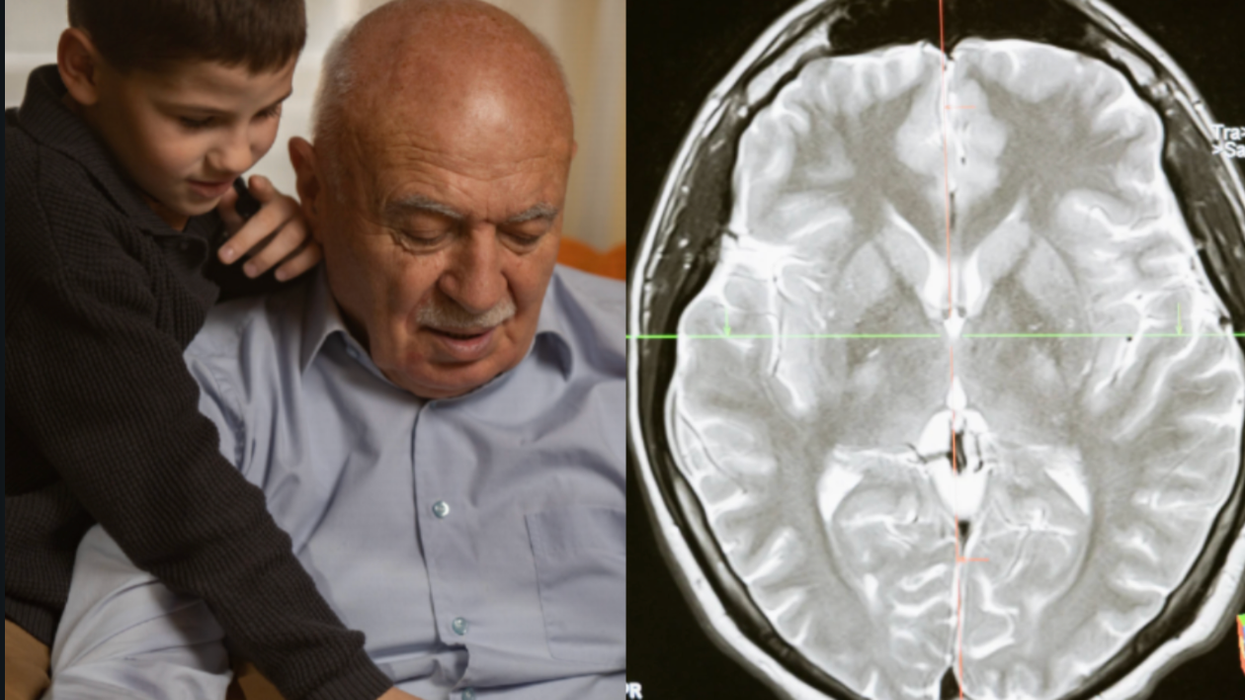Music and beer may seem like perfect bedfellows for hedonistic reasons: Both have the ability to put you at ease and engage your senses in pleasurable ways. However, new research reveals that there are even more nuanced interactions taking place between the senses. In fact, music, visual cues, and emotional context can change the way food or drink tastes, and increase or decrease its intensity.
[quote position="right" is_quote="true"]Everybody who had a multisensory experience enjoyed the beer more.[/quote]
Researcher Felipe Reinoso Carvalho, universal sound engineer and PhD candidate at the University of Brussels, set to work on his study after discussions with his chef brother, who raved about the science of gastronomy. Carvalho was also inspired by the work of Oxford professor Charles Spence, who digs into the ways senses affect one another in the brain. In collaboration with The Brussels Beer project, which recently began brewing beers inspired by music, Carvalho designed his own multi-sensory experiment to see if he could engineer the conditions to make beer taste better. His findings were recently published in the journal Frontiers in Psychology.
In what might just be the most eagerly populated study of all time, he and his researchers engaged 231 people to drink beer under three different sets of conditions: The control group simply drank the beer in unlabeled bottles and listened to an album by a band called The Editors in random order. The second group drank their beer only after seeing a customized label made just for the beer. The third group drank the beer in its labeled bottle, while listening to The Editors song, “Oceans of Light,” which the beer was inspired by.
“What we did here is create a congruency between food and beverages and sound,” Carvalho tells GOOD. “Everybody who had a multisensory experience enjoyed the beer more,” he says. But the people who knew the band, and liked them, before drinking the beer, enjoyed their drinks with even greater pleasure. This is a phenomenon known as “sensation transference”—the ability to transfer pleasure from one sense into another sense.
While this may sound like soft science, New York Medical School neuroscience professor Donald Wilson says it’s a known fact that “the senses are incredibly interlinked.”
Taste is largely a product of smell—a sense that takes place largely inside the brain—and it’s remarkably sensitive to stimuli from the other senses. Carvahlo and co-authors write, “Sweetness can be perceived as more dominant intense when the music that is played is liked (or neutrally liked) by the participants, when tasting a chocolate ice cream.” And even more compelling, they note that other studies have demonstrated “that people’s perception of the sweetness and bitterness of…toffee and chocolate respectively can be modulated by means of customized sweet and bitter soundtracks.”
It’s not just sound that influences taste. Wilson mentions a 2003 study called “The Nose Smells What the Eye Sees” by Jay A. Gottfried and Raymond J. Dolan in Cell Press, in which the authors write: “Human olfactory perception is notoriously unreliable but shows substantial benefits from visual cues, suggesting important crossmodal integration between these primary sensory modalities.”
[quote position="left" is_quote="true"]If you take a clear liquid and put some cherry scent and sugar in it and have people drink it, people will say they taste a little bit of cherry.[/quote]
Wilson points to a number of experiments in which visual cues have affected the flavor of a drink. “If you take a clear liquid and put some cherry scent and sugar in it and have people drink it, they’ll say they taste a little bit of cherry,” Wilson says. “Then if you change the color to red, they know cherries should be read, it boosts the perception of the cherry color.” This, he says, is why the Pepsi company’s attempt at “Crystal Pepsi” fell flat back in the nineties. People expect Pepsi to be dark brown—a discovery should make the beverage’s return interesting to follow.
Understanding the brain pathways involved in the way the senses inform one another is an ongoing process of investigation, though Wilson says that fMRI imaging of the human brain has show the olfactory cortex to be highly active in studies where expectation and visual cues are associated with smell and taste.
The immediate applications of Carvalho’s work may apply mostly to packaging and product marketing, but his research adds to a larger well of understanding about how the senses work, and could potentially contribute to future therapies to help people who have lost any of their senses bolster them, and possibly guide people toward making healthier food choices.
Carvalho’s next project is to work with a Belgium chocolatier to design individual soundtracks for chocolates, to see if it can enhance their flavor—all in the name of science, of course.





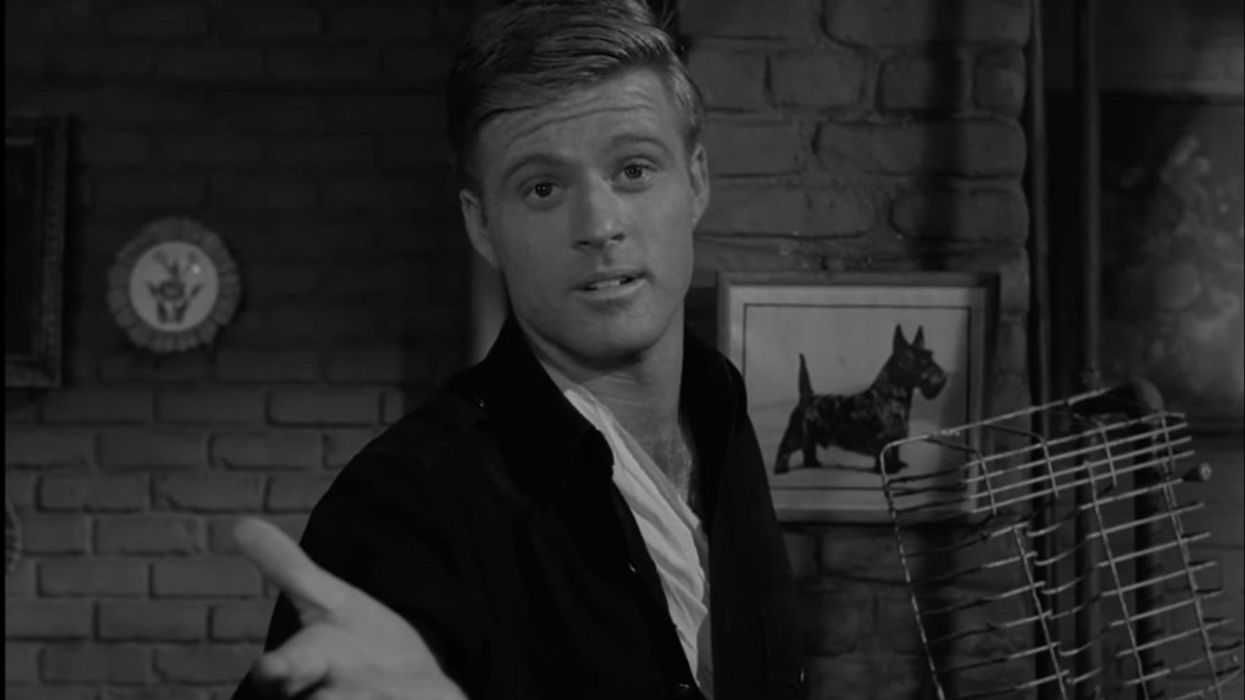
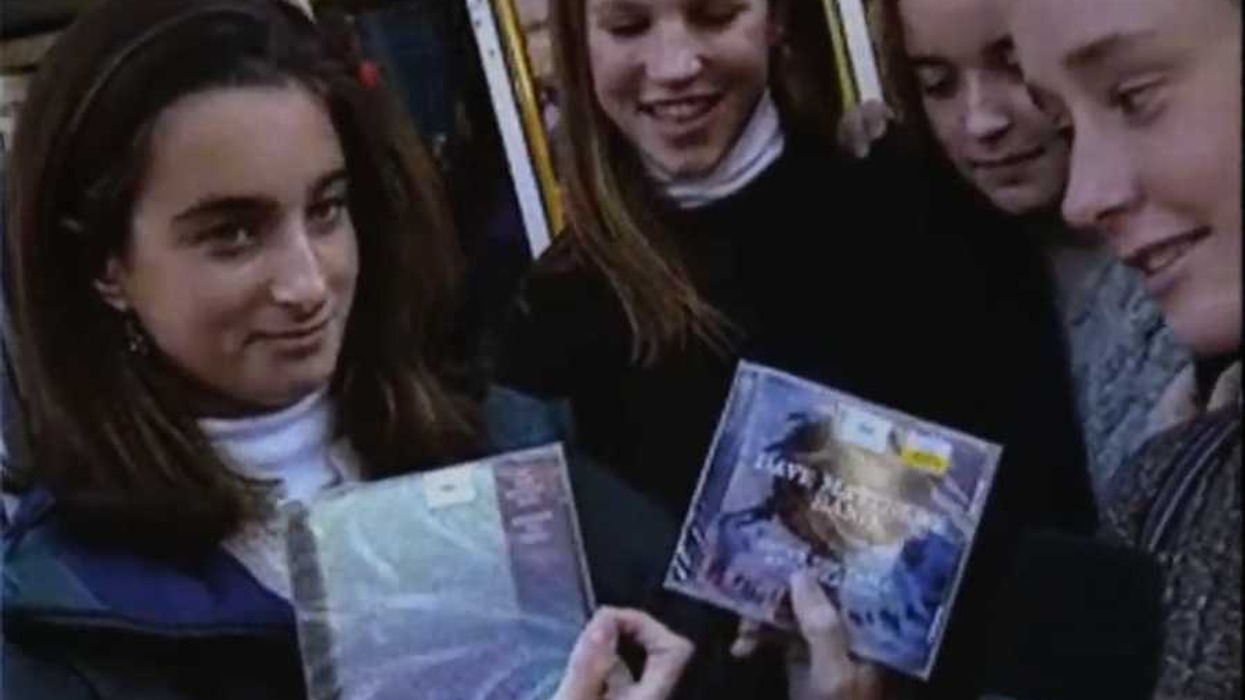
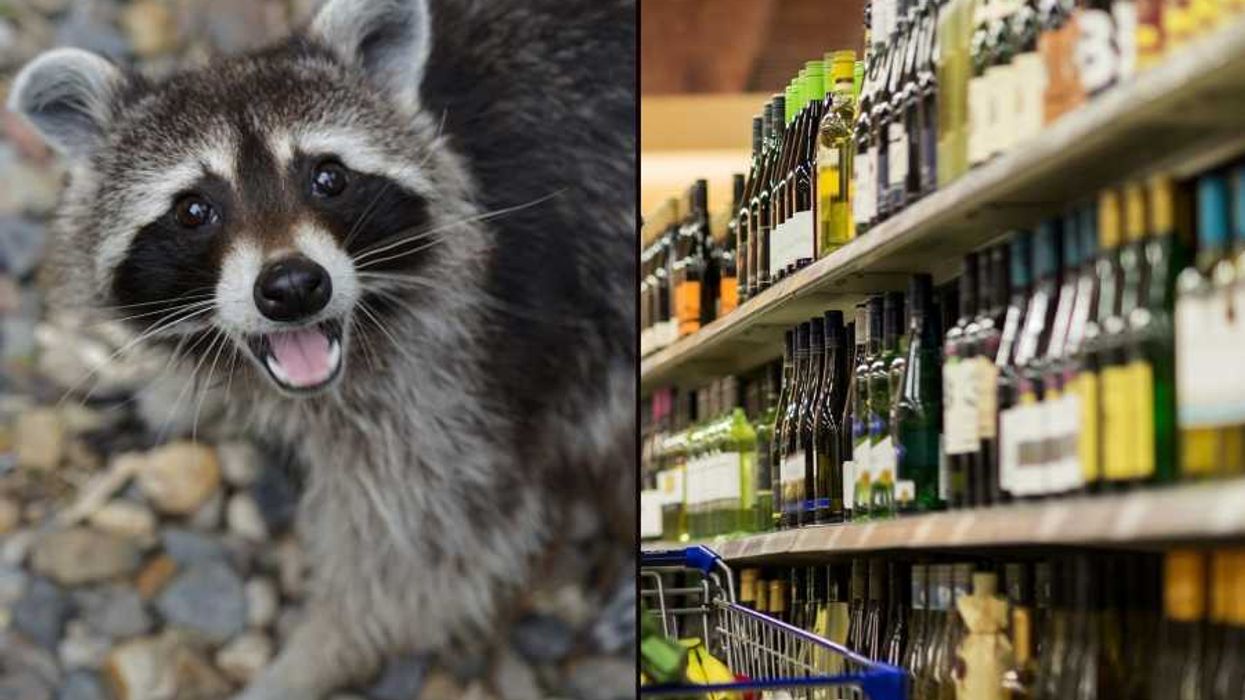
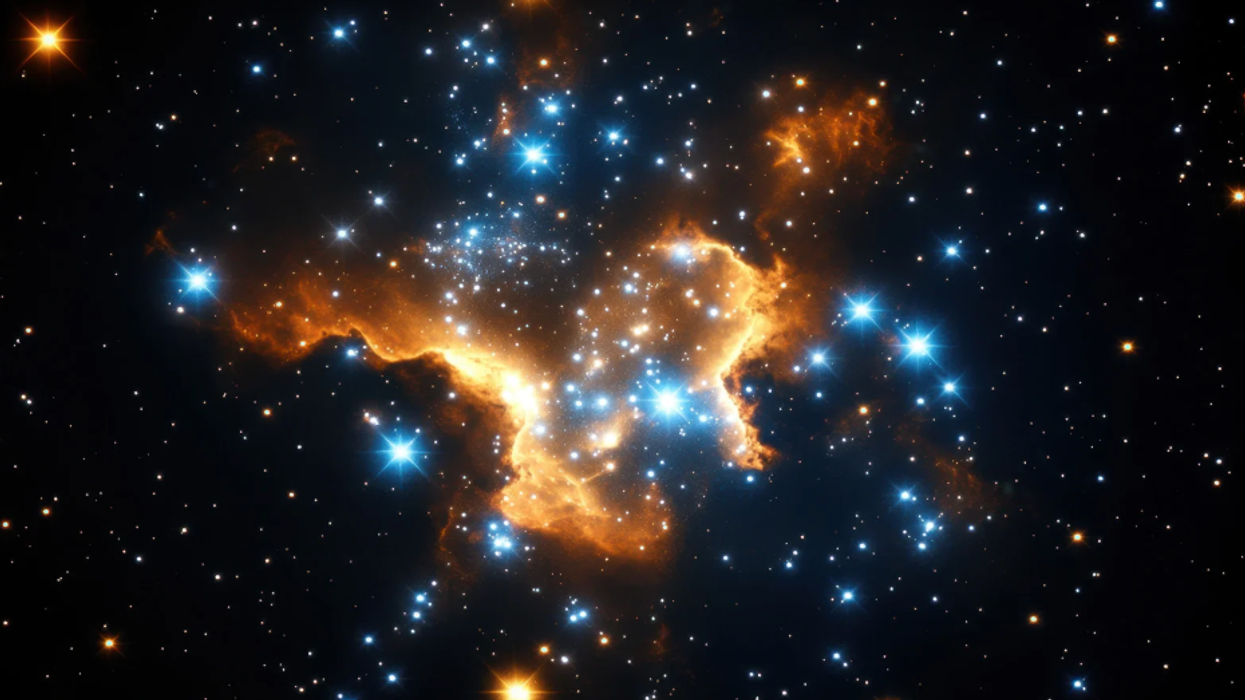

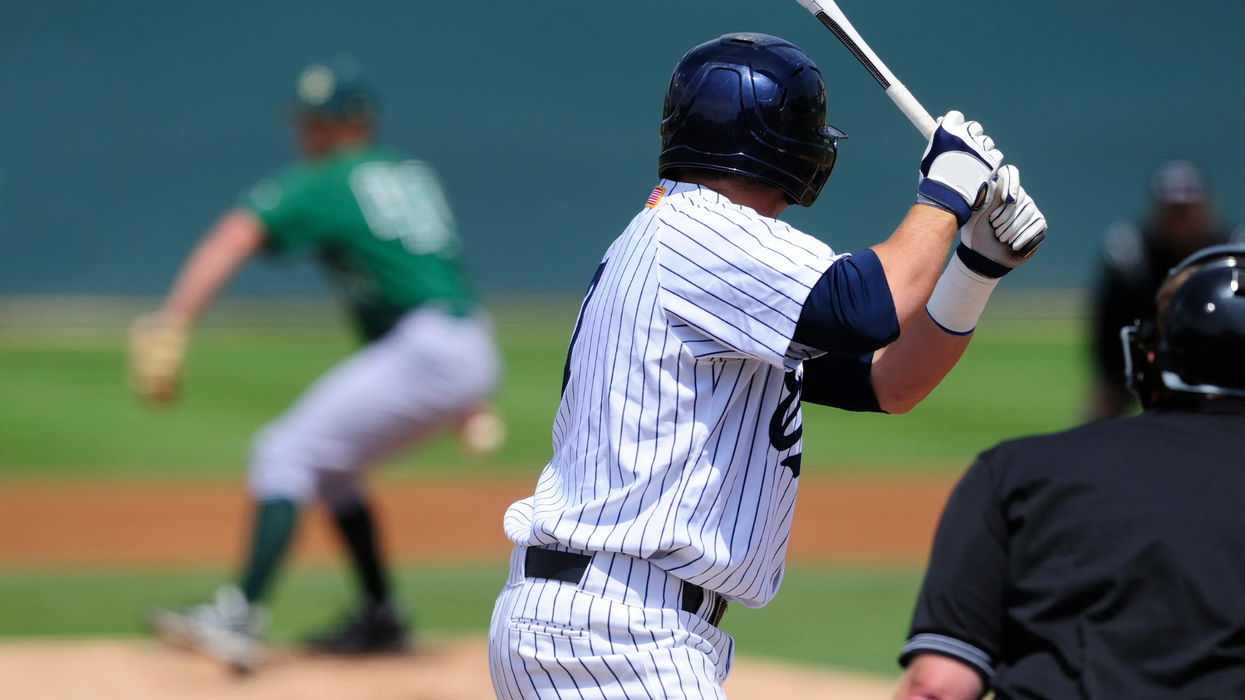
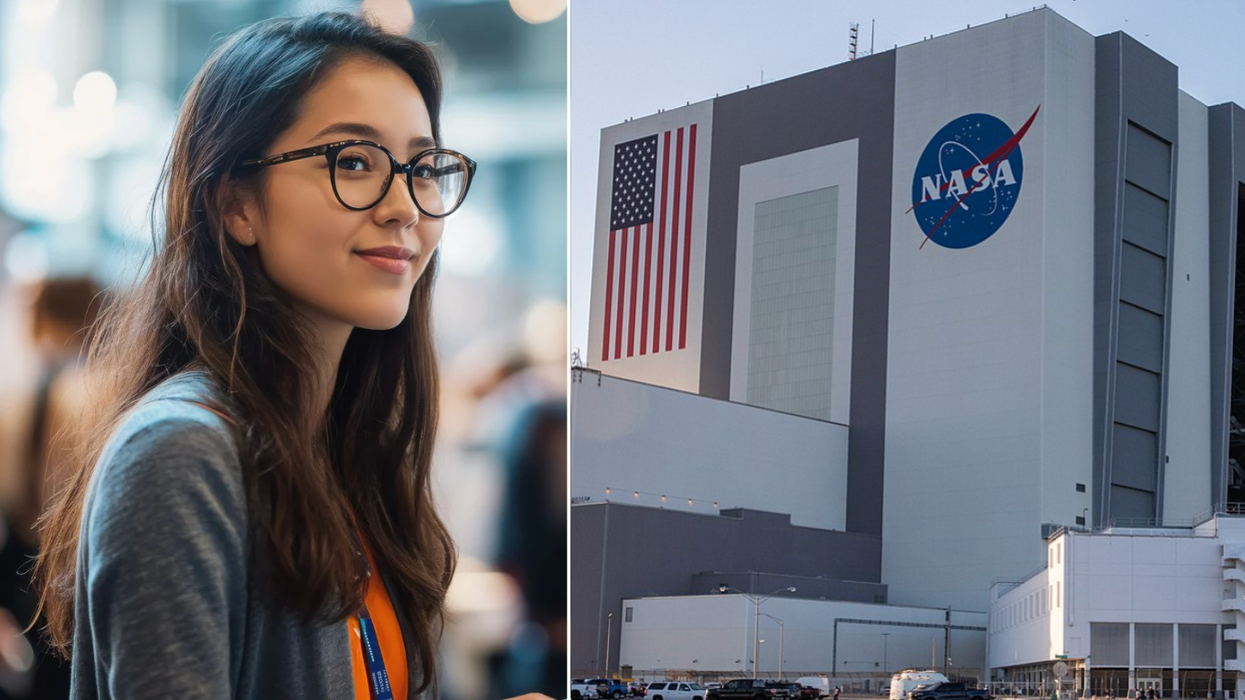


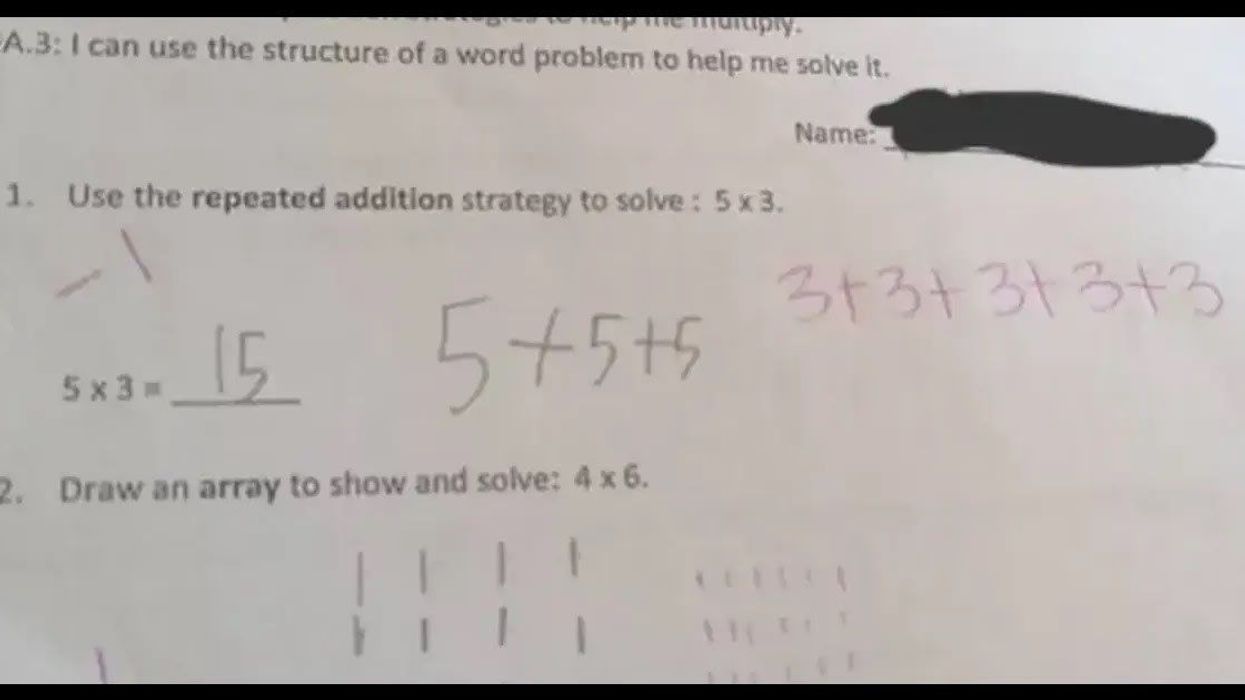
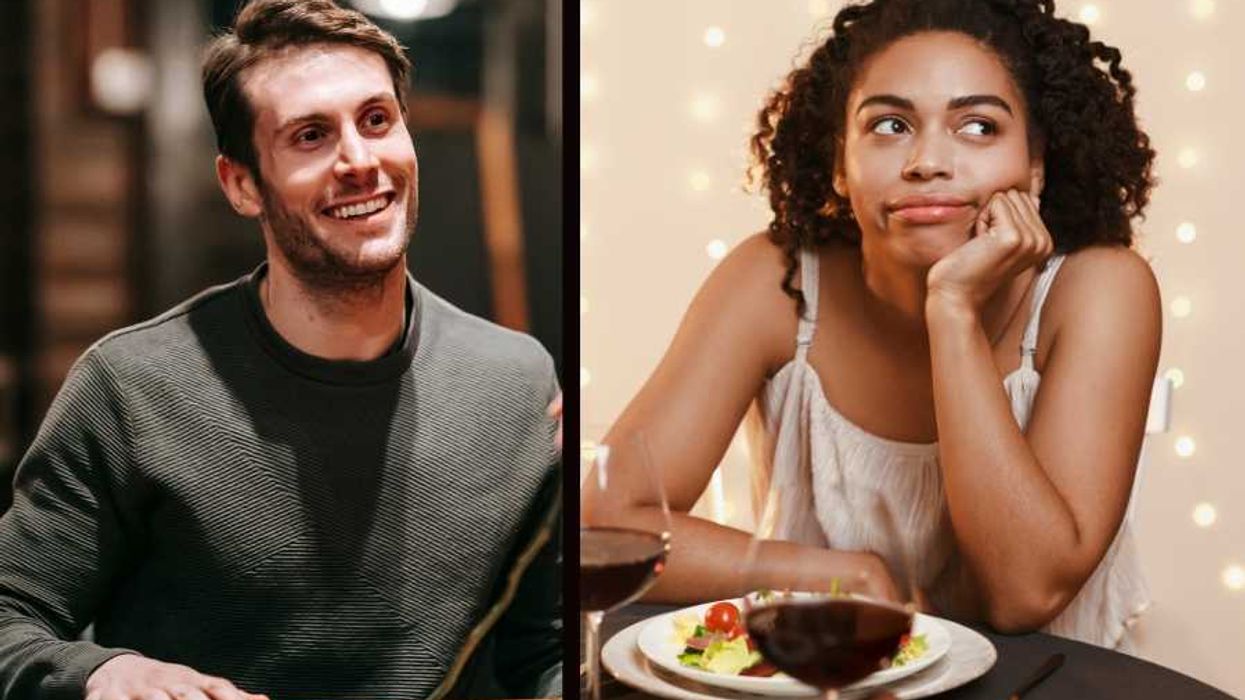

 Ladder leads out of darkness.Photo credit
Ladder leads out of darkness.Photo credit 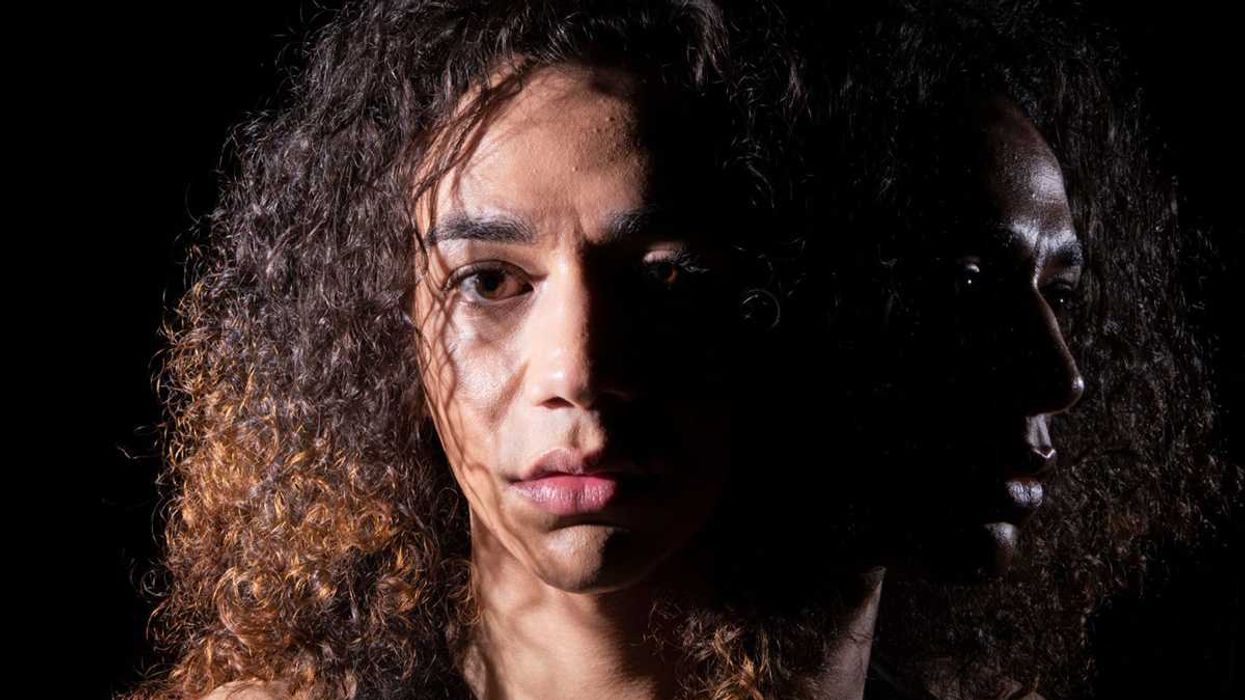 Woman's reflection in shadow.Photo credit
Woman's reflection in shadow.Photo credit  Young woman frazzled.Photo credit
Young woman frazzled.Photo credit 
 A woman looks out on the waterCanva
A woman looks out on the waterCanva A couple sits in uncomfortable silenceCanva
A couple sits in uncomfortable silenceCanva Gif of woman saying "I won't be bound to any man." via
Gif of woman saying "I won't be bound to any man." via  Woman working late at nightCanva
Woman working late at nightCanva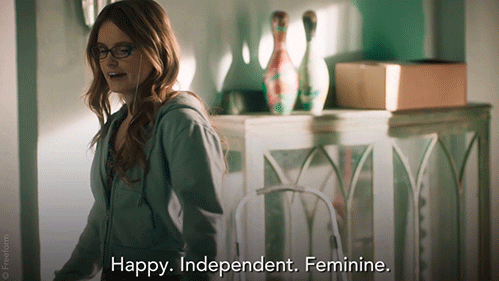 Gif of woman saying "Happy. Independent. Feminine." via
Gif of woman saying "Happy. Independent. Feminine." via 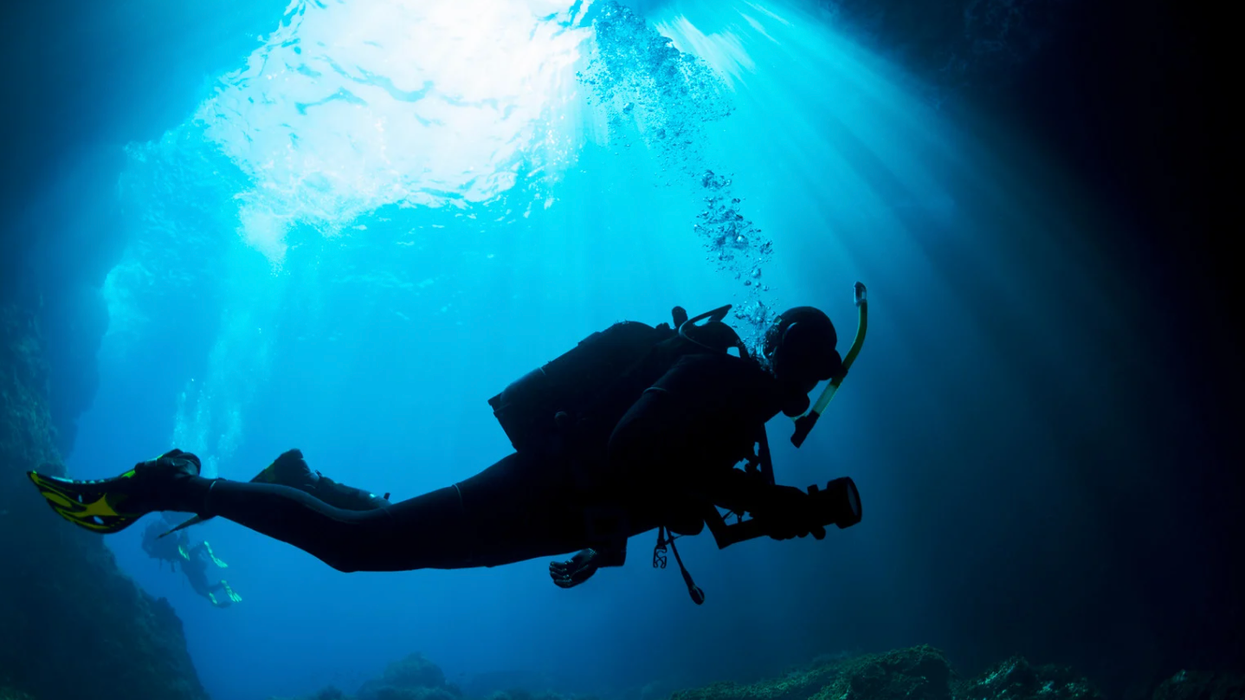
 Yonaguni Monument, as seen from the south of the formation.
Yonaguni Monument, as seen from the south of the formation. 